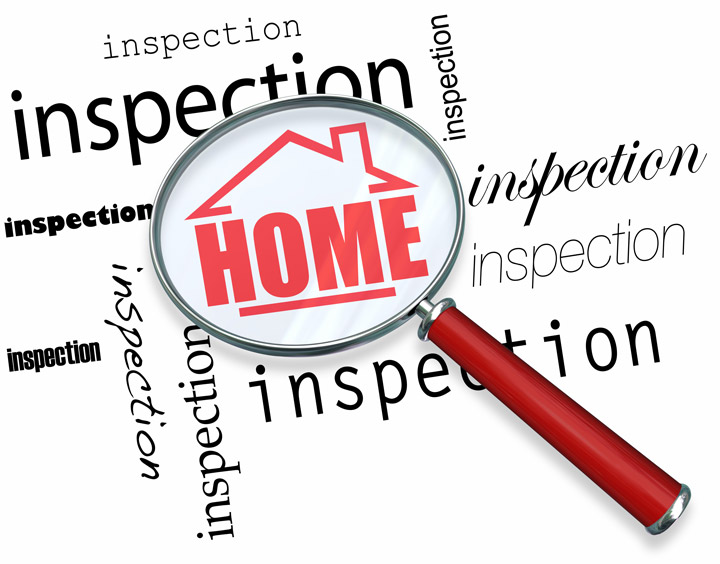
What Are the Parts of an Appraisal?A home purchase can be the biggest transaction some people will ever consider. It doesn't matter if where you raise your family, an additional vacation property or one of many rentals, purchasing real property is a detailed financial transaction that requires multiple parties to see it through. The majority of the participants are very familiar. The real estate agent is the most known face in the exchange. Next, the mortgage company provides the money required to finance the transaction. And ensuring all areas of the transaction are completed and that the title is clear to pass from the seller to the buyer is the title company. So, who's responsible for making sure the real estate is worth the amount being paid? In comes the appraiser. We provide an unbiased estimate of what a buyer might expect to pay — or a seller receive — for a parcel of real estate, where both buyer and seller are informed parties. A licensed, certified, professional appraiser from First Security will ensure, you as an interested party, are informed. The inspection is where an appraisal beginsOur first responsibility at First Security is to inspect the property to ascertain its true status. We must see aspects of the property hands on, such as the number of bedrooms and bathrooms, the location, living areas, etc, to ensure they really are there and are in the shape a reasonable buyer would expect them to be. The inspection often includes a sketch of the house, ensuring the square footage is proper and illustrating the layout of the property. Most importantly, we identify any obvious amenities - or defects - that would affect the value of the property. Following the inspection, we use two or three approaches to determining the value of the property: a sales comparison, a replacement cost calculation, and an income approach when rental properties are prevalent. 
Replacement CostHere, the appraiser gathers information on local construction costs, labor rates and other elements to ascertain how much it would cost to replace the property being appraised. This figure commonly sets the upper limit on what a property would sell for. The cost approach is also the least used method. 
Paired Sales AnalysisAppraisers are intimately familiar with the neighborhoods in which they appraise. They innately understand the value of certain features to the residents of that area. Then, the appraiser researches recent sales in the area and finds properties which are 'comparable' to the home in question. Using knowledge of the value of certain items such as square footage, additional bathrooms, hardwood floors, fireplaces or view lots (just to name a few), we add or subtract from each comparable's sales price so that they more accurately portray the features of subject.
An opinion of what the subject might sell for can only be determined once all differences between the comps and the subject have been evaluated. When it comes to knowing the true value of features of homes in Waterloo and Black Hawk, First Security can't be beat. The sales comparison approach to value is typically given the most importance when an appraisal is for a home exchange. Valuation Using the Income ApproachIn the case of income producing properties - rental houses for example - we may use an additional way of valuing a property. In this case, the amount of revenue the real estate generates is taken into consideration along with income produced by neighboring properties to give an indicator of the current value. Arriving at a Value ConclusionExamining the data from all applicable approaches, the appraiser is then ready to stipulate an estimated market value for the subject property. The estimate of value at the bottom of the appraisal report is not necessarily what's being paid for the property even though it is likely the best indication of what a property is worth. Depending on the individual situations of the buyer or seller, their level of urgency or a buyer's desire for that exact property, the closing price of a home can always be driven up or down.Regardless, the appraised value is typically used as a guideline for lenders who don't want to loan a buyer more money than they could get back in the event they had to sell the property again. It all comes down to this, an appraiser from First Security will help you attain the most accurate property value, so you can make wise real estate decisions. |